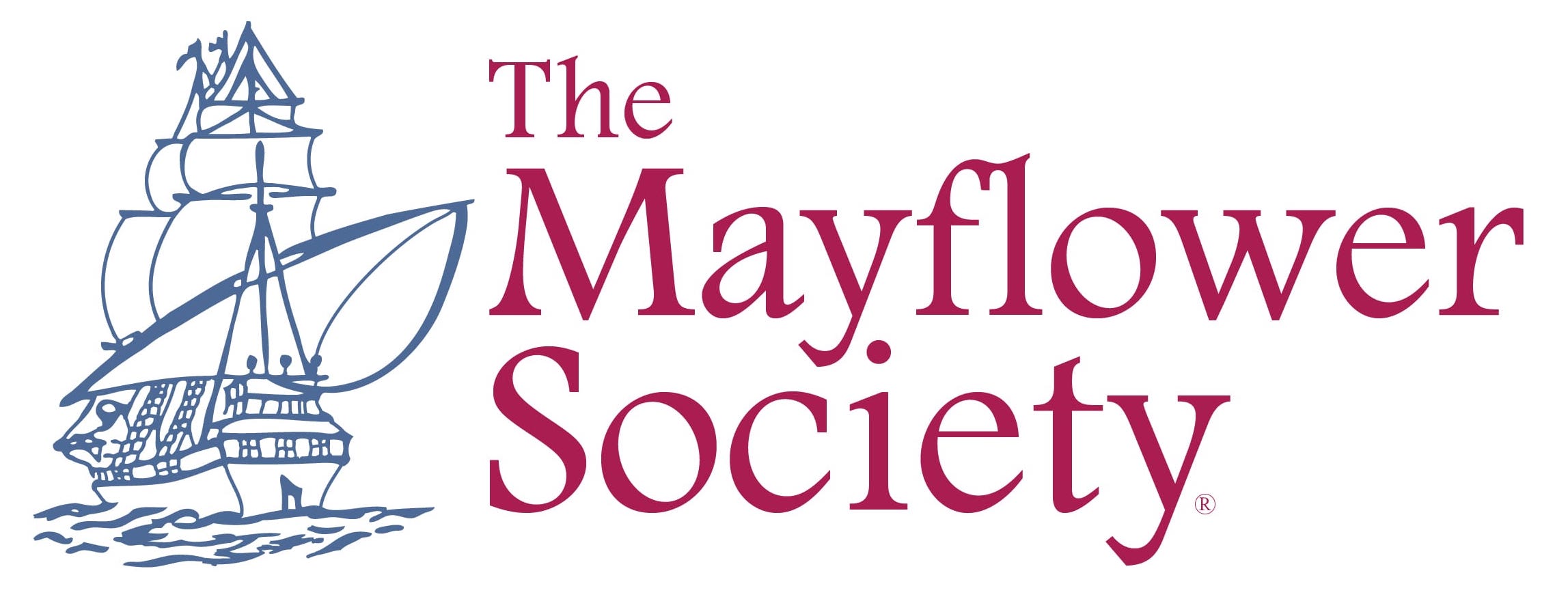
Children of the Mayflower
- BARTHOLOMEW ALLERTON (7)
- MARY ALLERTON (3)
- REMEMBER ALLERTON (5)
- FRANCIS BILLINGTON (14)
- John Billington (16)
- LOVE BREWSTER (13)
- Wrestling Brewster (9)
- William Butten (15) DIED at SEA
- MARY CHILTON (13)
- JOHN COOKE (13)
- Humility Cooper (1)
- HENRY SAMSON (16)
- John Crackstone (18)
- SAMUEL EATON (1)
- SAMUEL FULLER (12)
- John Hooke (14)
- CONSTANCE HOPKINS (14)
- GILES HOPKINS (12)
- OCEANUS HOPKINS (born at sea)
- William Latham (11)
- Desire Minter (10)
- Ellen More (8)
- Jasper More (7)
- Mary More (4)
- RICHARD MORE (6)
- PRISCILLA MULLINS (17)
- JOSEPH ROGERS (17)
- ELIZABETH TILLEY (13)
- “Son” Tinker (infant)
- PEREGRINE WHITE (born at Providence Harbor)
- RESOLVED WHITE (5)
Among the 102 passengers aboard the Mayflower that arrived in the New World were approximately 30 children—nearly 30% of the passengers were under the age of 18!
The Colony was unique in this aspect. Jamestowne Colony in Virginia was settled by men who were following an economic pursuit; Plymouth Colony was settled by families with the intention of establishing a community to live in permanently.
The Mayflower children were accustomed to hard labor as many of them had worked in Leiden to help provide for the family. Additionally, several teens joined the voyage as servants or indentured servants. These passengers were typically included in families, but were not yet legal adults.
Teens brought as servants and typically listed with Plymouth families include: William Butten, a servant to Samuel Fuller, John Hooke an apprentice to Isaac Allerton family (but who died the first winter), and William Latham who came with the John Carver family.
The More children, Ellen, Jasper, Mary and Richard, are a part of a very sad story. They were the children of Samuel and Catherine More of Shropshire England. Their father Samuel had married Catherine More, a third cousin, to keep an estate and wealth in the family. When Samuel More discovered his wife was having an affair with Jacob Blakely who had fathered some, if not all, of the More children, he divorced Catherine and had the children administrated by John Carver and Robert Cushman who brought them to the New World. Carver and Cushman placed the children in various families: Ellen More was placed with Mr. Edward Winslow and his wife Elizabeth, Jasper More was placed with John Carver and his wife Katherine, Mary More and Richard More were placed with William Brewster and his wife, Mary. Only Richard More survived the first winter and grew to adulthood in New England and produced descendants.
That first winter of 1620—1621 brought “the Great Sickness” to the Colony and 50% of the passengers died. The children, as a group, fared best with only five children dying (servant John Hooke, Ellen, Jasper and Mary More, and the Tinker family’s infant son).
Twenty-five children survived, meaning a full half of the remaining Colony was under 18 years old! Several explanations are possible. The children may have had more robust physical constitutions, than the adults of the Colony. Another theory is that the children may have been fed and cared for by mothers who denied themselves food portions in favor of their children. Though no proof exists to support this, the mothers fared the most poorly with only four surviving the first year: Elinor Billington, Mary Brewster, Elizabeth Hopkins and Susanna White.
- Mary Chilton: became part of the widowed Myles Standish household
- John Crackstone: became part of the Allerton family
- Samuel Fuller: having lost both his parents, was taken in by his Uncle Samuel Fuller
- Richard More: became part of the Brewster household
- Priscilla Mullins: no record
- Joseph Rogers: was taken in by widower William Bradford
- Henry Samson: likely was in the Brewster household
- Elizabeth Tilley: no record
- Humility Cooper: likely into the Brewster household with her cousin Henry Samson until she was sent back to England
